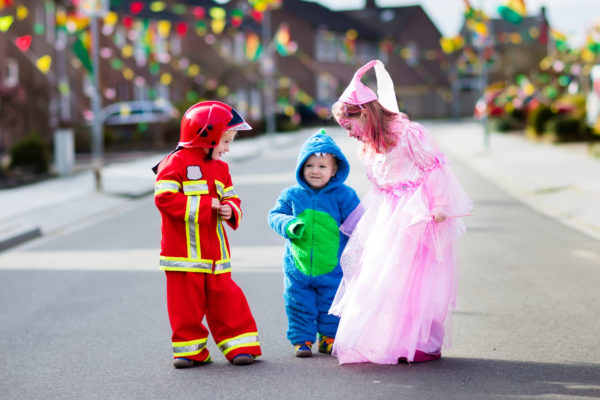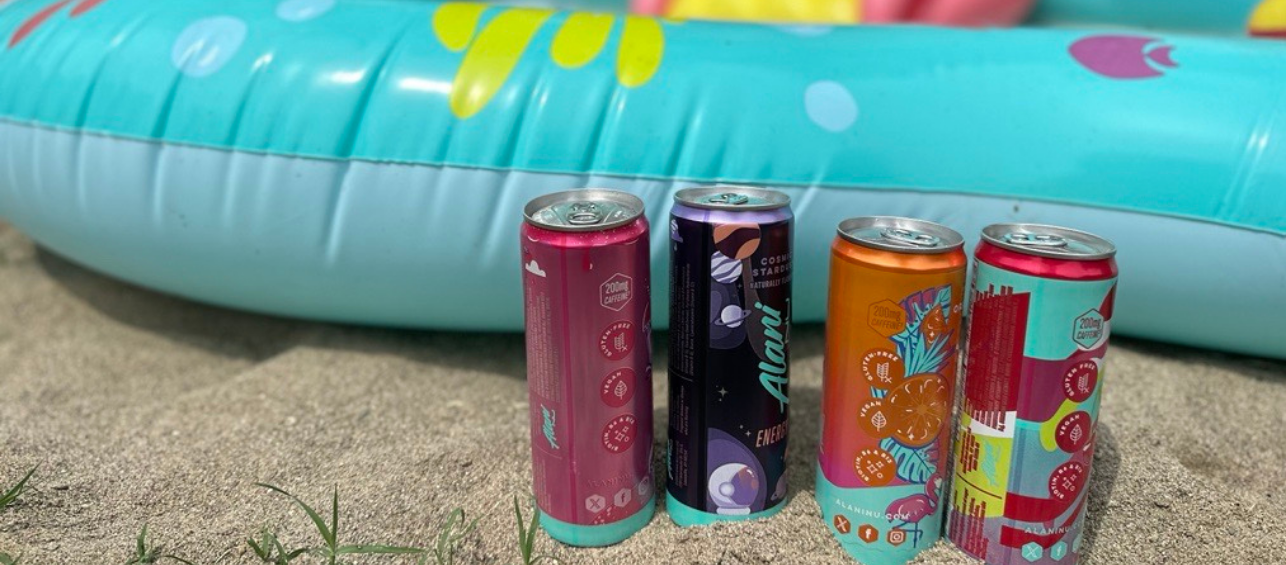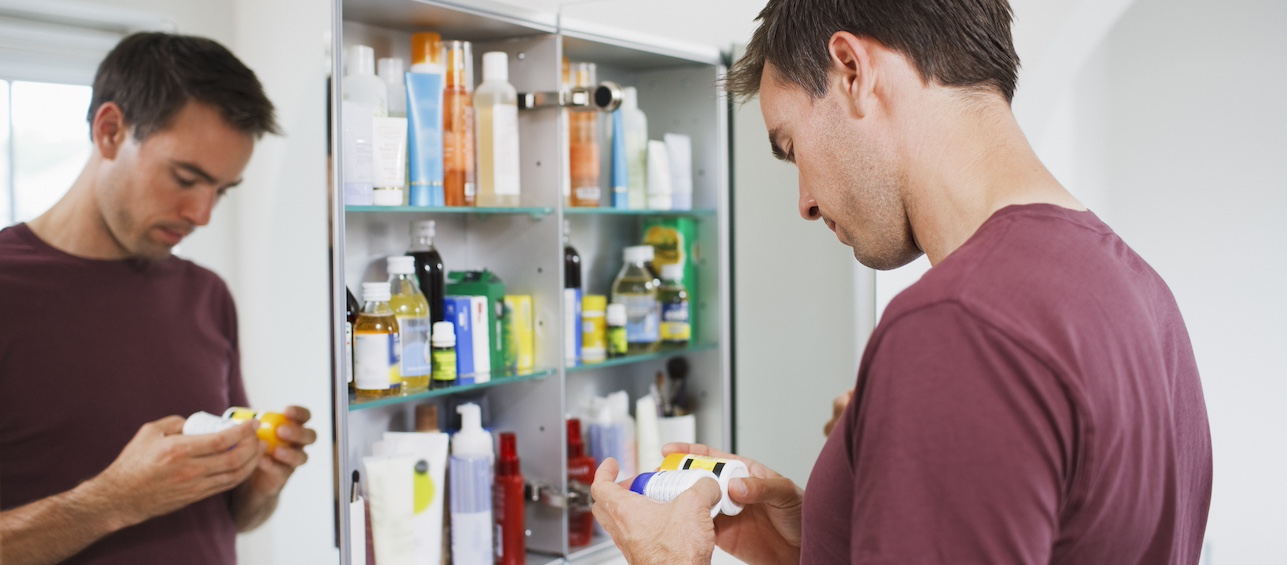Being a parent and a pharmacist in the Drug & Poison Information Center (DPIC), I have a unique perspective on Halloween.
I love the costumes and excitement of Hallow’s Eve, but because I have worked the hotline on this night before, I am aware of the potential safety issues and exposures to harmful substances. We receive an uptick in calls during trick-or-treating season each year, and they typically relate to one of the following Halloween-associated items.
Halloween Safety Tips to Avoid Harmful Exposures
- Candy. Most parents are aware of the potential safety issues with Halloween candy, such as checking it for holes and tears before allowing their kids to eat it. However, I do think this is a good time to remind parents about marijuana edibles. They look just like popular Halloween candies. Read a previous post to see what they look like and how harmful and readily available they are. And don’t forget about your furry friends! Chocolate is poisonous to dogs – store candy bags out of their reach.
- Glow Sticks. We received many calls about these products. The packaging says they’re non-toxic. However, the active ingredient, Dibutyl Phthalate, can cause irritation and burning if it is broken and comes into contact with the eyes, skin, or is ingested.
- Dry Ice. Dry ice is a popular Halloween decoration in both the yard and in the home. Sometimes families will use it to make a smoking witches brew. I would exercise caution around it, as it can cause oral burns if ingested or tissue damage if it touches the skin.
- Makeup. A staple of Halloween costumes! Choose non-toxic products to avoid ingredients like emollient laxatives, hydrocarbons or talc that can cause problems if swallowed or gets in the eyes.
- Light-up trinkets. Many of the tiny toys, flashlights and even illuminated costumes have tiny button batteries powering them. If a child swallows a button battery, it can cause internal chemical burns, which can be an emergency. Read how and why to be extra cautious of them in a previous blog post.
And of course, harmful substances aren’t the only thing to keep in mind on Halloween. Here are a few general safety tips that I wrote about in a previous blog post. Have a fun and safe Halloween!
Be prepared by saving the Drug & Poison Hotline number in your phone today, 1-800-222-1222. If you have any concerns about your child being exposed, please call that number and our trained staff will walk you through what to do.





